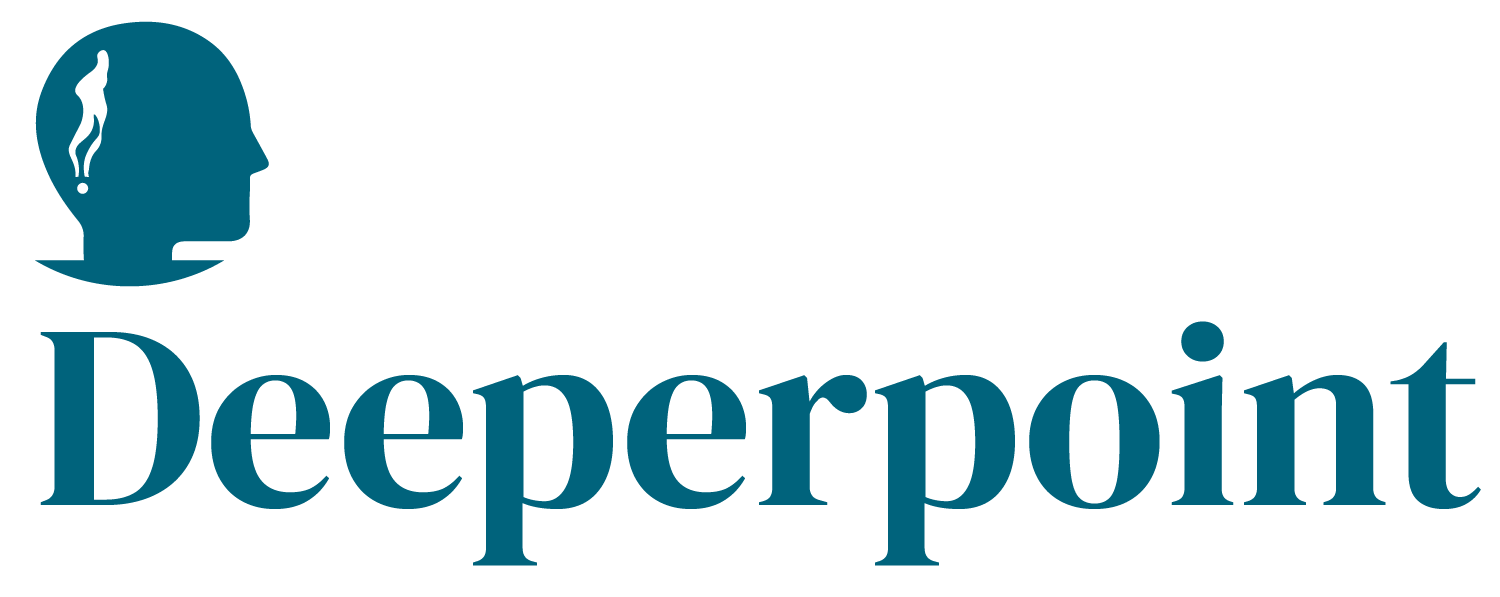Vision
DRLE coordinates a thin and chaotic market—matching NGOs, local suppliers, and transport assets under pressure during disasters. The vision is a pre-vetted, locally anchored network that moves essentials faster with transparent needs, inventory, and routing. Sponsors strengthen resilience while reducing duplication and waste that too often undermine relief efforts.
Problem
In crises, information is incomplete and outdated; needs lists, customs rules, and warehouse statuses live in scattered sheets and PDFs. Donations mismatch needs and clog routes; small suppliers are overlooked; and last-mile logistics are improvised. These failures delay relief, erode trust, and raise costs for donors and agencies who cannot verify where delays occur or why.
Solution
Cosolvent onboards verified actors with roles, capabilities, and locations, and standardizes requests and offers. With LLM+RAG, partners upload unstructured materials—SOPs, manifests, customs notices, location photos—and query for what matters now (“which shipments require cold chain at this border?”) with cited snippets. ClientSynth runs synthetic surge scenarios that stressItest lanes and volunteer capacity, letting sponsors decide where to preIposition stock or fund corridor upgrades before disasters strike.
Business Model
Funding includes preparedness grants, per-activation fees, and white label deployments for governments or agencies. Over time, governed performance analytics help sponsors quantify avoided delays and improved coverage, creating a durable rationale for sustained investment in resilience infrastructure.
